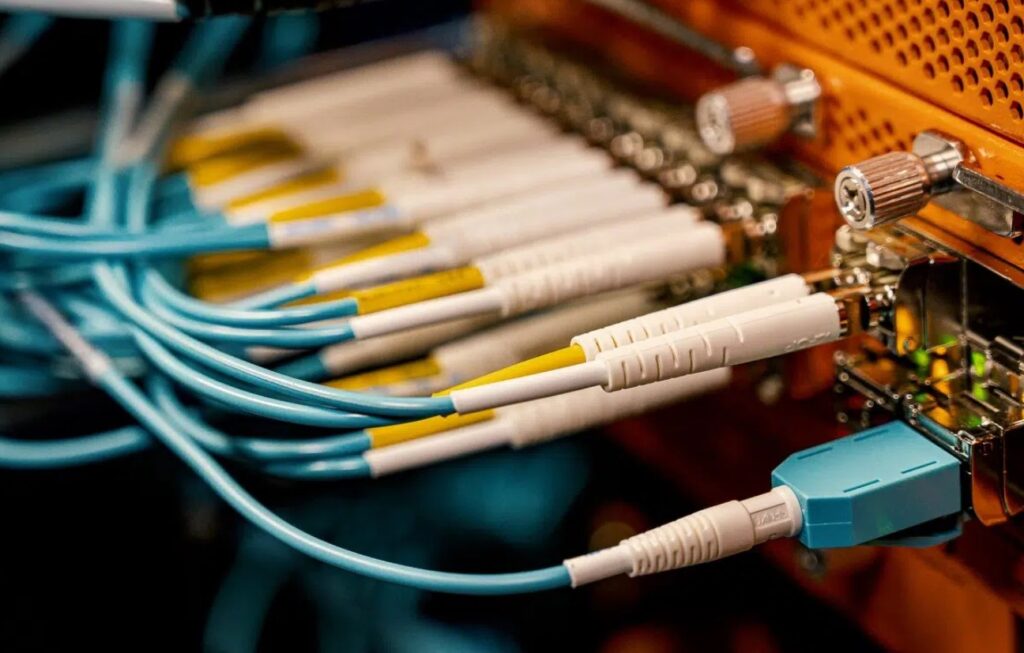Corrosion is indeed a global critical issue that greatly affects not just the natural environment but also the industrial setting. Today, it is already a known fact that pollution and corrosion are related to harmful cases. A fact that most valve manufacturers and industrial business owners should always take into consideration.
Why is this happening? Pollutants speed up corrosion as well as corrosion elements like rust that pollute valves and piping systems. Both are harmful processes that cause damage to the industrial valves and its environment as well as the durability of any related equipment. Hence, in order to fix this, it is important to develop and apply effective methods for corrosion control.
Let’s further understand the effects of corrosion to industrial valves as we continue reading.
Industrial Valves
Generally, industrial control valves are valves that are utilized to stop, start, and regulate the fluid flow. When the flow is regulated by these valves, the system channel is altered. Thus, the operating point will change, especially when the fluid flow decreases.
When it comes to managing flow rates, industrial valves are one of the ideal methods. It is done by controlling the flow in a bypass path or directly. Also, variable speed operation is another alternate way of managing system flow.
Industrial valves need to be checked and maintained regularly so as to avoid further damage from harmful substances like corrosion. Also, competent valve manufacturers like XHVAL industrial valve, for sure, are providing clients with enough knowledge when it comes to the proper maintenance of industrial valves.
Corrosion Problem with Industrial Valves
Corrosion is a slow destruction of materials — specifically metals — by electrochemical or chemical reaction with the environment. There are several corrosion forms that can be identified by the cause of the chemical damage of a valve or any metal. Corrosion impairs the beneficial and useful properties of metal materials and compositions, such as appearance, durability, and penetrable to gases and liquids.
The most common type of corrosion is called general attack corrosion. It is caused by a chemical or electrochemical reaction that often leads to the degeneration of the exposed metal surface. Basically, the metal degenerates to the point of being completely damaged. This type of corrosion is often responsible for the huge amount of metal damage, however, is considered as a safe form of corrosion, why? Because it is manageable, avoidable, and predictable.
Moreover, compared to other types of corrosion, localized corrosion targets specifically one certain area of a metal surface. This often ends up as crevice corrosion — a type of corrosion that is more dangerous and destructive to valves and other metals because of its fast propagation.
Crevice corrosion develops when a small cavity builds in the metal. This often leads to a de-passivation of a small cavity. The area will begin to be anodic, whilst the remaining part of the valve becomes cathodic which produces a galvanic reaction.
The damage penetrates in the small area of a valve that may lead to valve failure. This type of corrosion is mainly very challenging to detect since it is often relatively small and may be hidden by compounds produced by corrosion.
Galvanic Corrosion
In the event of galvanic corrosion, alloys and valves have several potential electrodes. When two or more combine and form into contact, one valve metal serves as an anode and the other one as a cathode. The driving force for a speed up attack on the anode metal mixes into the electrolyte. It will then collects on the cathodic metal part.
If corrosion problems are secluded to valves only, it is surely one of the reasons why a metal body replacement should be done, as well as a butterfly valve within a process. All types of corrosion can highly likely occur which leads to valve damage and failure.
These include crevice corrosion that can be found at the primary sealing point because of low oxygen. A corrosion problem that deteriorates valve metals, destroying seals and develops to shaft seal failure. And, lastly, a media showcasing the shaft area of a valve where galvanic corrosion conditions dominate. This is mostly determined as shaft breaking where a valve actuator is best fitted.
Keep in mind that corrosion often takes place where metal media sneaks its way between the external diameter of the valve body and the liner. This usually happens when valve installation between flanges is not properly and correctly installed.
This type of problem is often seen to be leakage on the external area between the valve body and the pipe flange. This can be possible with flanges that have a habit to distort, therefore it may result not to a uniform sealing which usually found across the edge return of the liner.
Conclusion
Corrosion can be a serious threat to any valve or metal equipment. However, it is very important to have enough knowledge about the working conditions of your valves. Are they free from possible corrosion? If not, do you have ways on how to handle it without compromising your business or yourself? Also, since corrosion is avoidable, it is best to regularly check your valves and other metal equipment. Again, corrosion is no simple threat, hence you need to be extra careful.



